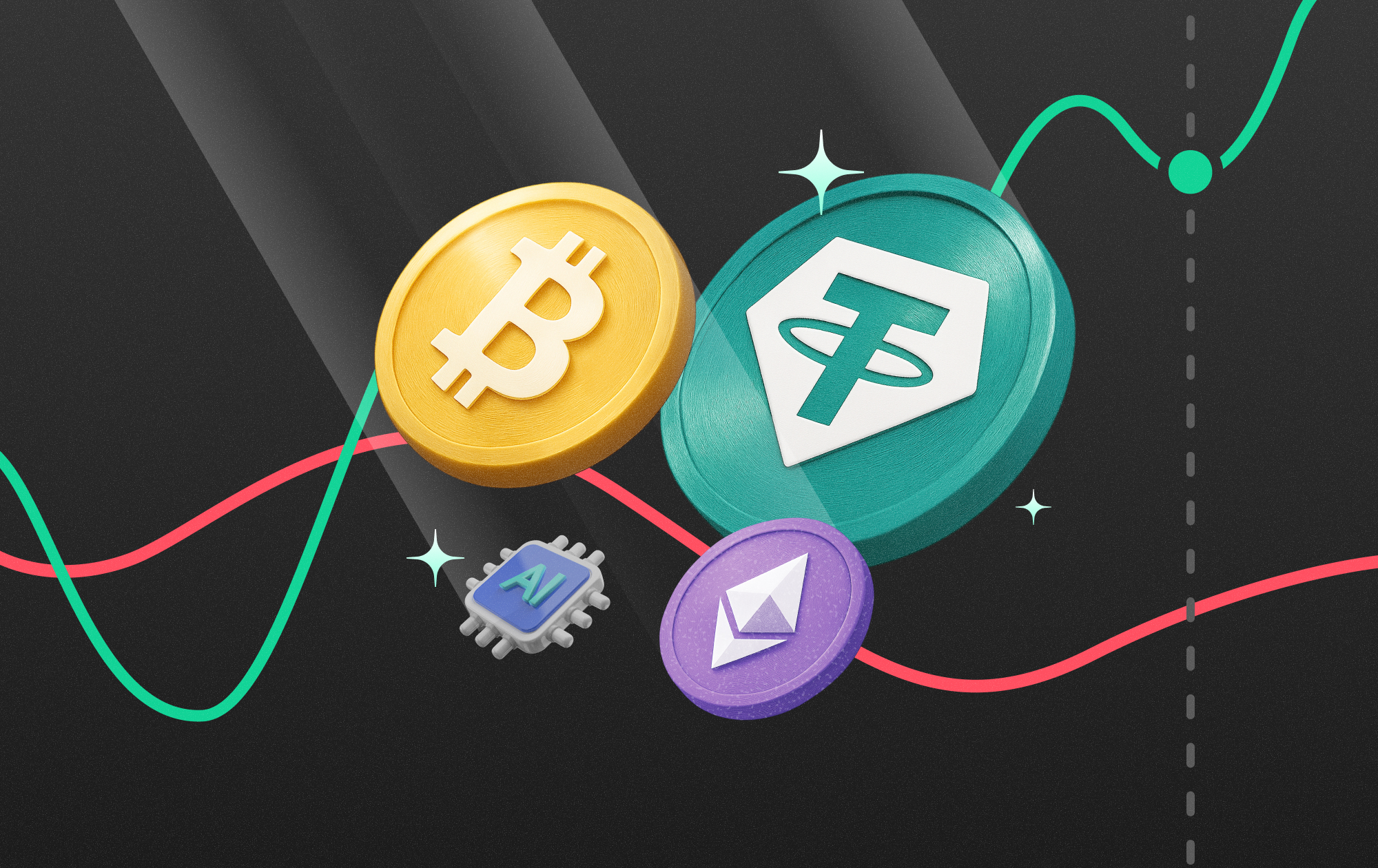Introduction
The global financial ecosystem is undergoing a seismic transformation as cryptocurrency evolves from a speculative asset to a means of exchange. Crypto holders and early adopters now sit at the forefront of this revolution, witnessing firsthand how stablecoins, CBDCs, and decentralized finance (DeFi) are redefining everyday transactions. In 2025, these developments are becoming essential.
This article explores the key crypto payment trends holders need to know to stay informed, secure, and ahead of the curve.
Stablecoins Going Mainstream
Stablecoins are no longer a fringe asset class. The passing of the GENIUS Act in July 2025 has accelerated their institutional adoption, introducing regulatory clarity around reserve requirements and issuer obligations. Retail giants like Amazon and Walmart are exploring their own stablecoins to streamline payments, enhance loyalty programs and reduce transaction fees.
In emerging markets like Brazil and Nigeria, stablecoins already outperform traditional rails in transaction volume, offering speed, stability, and accessibility where banking infrastructure is limited. For crypto holders, stablecoins now serve as both a hedge against volatility and a bridge to daily financial utility.
Integration with Traditional Finance & DeFi
The convergence of crypto with traditional finance is unfolding rapidly. Major financial players, including Visa, PayPal, and Standard Chartered are embedding DeFi functionalities into their existing infrastructure. This includes smart contract–based lending, crypto settlements and tokenized asset transfers.
As DeFi pipelines integrate more seamlessly with TradFi systems, holders gain unprecedented control over how they send, receive and manage value.
Rise of CBDCs & Programmable Money
Central Bank Digital Currencies (CBDCs) are rapidly gaining traction. As of mid-2025, over 130 countries are exploring or piloting CBDCs, with active rollouts in countries like Nigeria (e-Naira), India (digital rupee), and Europe (digital euro).
CBDCs promise government-backed digital money with programmable capabilities, such as automatic tax withholding, expiration-based stimulus, or cross-border speed. While not decentralized, CBDCs will coexist with crypto, potentially serving as on-ramps or payment alternatives.
Holders benefit by staying adaptable, those who understand the distinctions between CBDCs, stablecoins, and decentralized tokens are better positioned to pivot in a multi-asset payment landscape.
AI, Automation, Fraud Defense & B2B Payments
Artificial intelligence is powering the next evolution of crypto payments. From fraud detection to real-time reconciliation, AI agents now play a critical role in securing and streamlining transactions.
On the business side, fintechs are introducing crypto-powered B2B payment solutions with digital invoicing, multi-chain compatibility and settlement tracking. These systems reduce costs and increase transparency, driving crypto deeper into enterprise operations.
Hybrid Payroll & Crypto Compensation
A growing number of startups and DAOs are offering employees the option to split their pay between fiat and crypto. This hybrid payroll trend supports holders seeking consistent crypto income without sacrificing stability.
Beyond wages, incentive structures now include performance bonuses in stablecoins or tokens, aligning long-term compensation with blockchain-based growth. For early adopters, this represents a new financial identity where work and wealth live on-chain.
Payments in Emerging Markets & Mobility
In regions underserved by traditional banks, crypto payments are becoming a lifeline. Visa reports that stablecoins see the most rapid adoption in Latin America, Africa, and parts of Asia, where transaction friction and currency instability are highest.
Mobile wallets integrated with blockchain networks are empowering users to send, spend and store value without intermediaries. The result: greater financial inclusion and a new model for cross-border commerce driven by decentralized rails.
Challenges and Risks
Despite exciting growth, crypto payments face significant headwinds:
- Regulatory Gaps: Uncertainty around taxation, compliance and consumer protection continues to create friction.
- Issuer Transparency: Some stablecoin issuers lack public audits or clear reserve backing, raising systemic risk concerns.
- Technical Hurdles: UX complexity, gas fees, and network congestion remain barriers to mass adoption.
Early adopters should stay vigilant, favor transparent stablecoin ecosystems, and watch regulatory developments closely.
Conclusion & Outlook
The crypto payment landscape is evolving fast. With stablecoins entering the mainstream, CBDCs rising, DeFi integrating into traditional systems, and AI enhancing B2B settlements, holders now have more tools than ever to transact on their own terms.
For crypto holders and early adopters, this is about shaping the future. Stay informed, diversify your on-chain strategies, and be ready to capitalize on what’s next.
FAQ
What is the GENIUS Act and why does it matter for crypto payments?
The GENIUS Act, enacted in July 2025, establishes federal guidelines for stablecoin issuers, including reserve transparency and licensing. It marks a turning point in legitimizing crypto payments for everyday use. Platforms like Oobit are aligned with these standards, helping users move stablecoins across borders with greater confidence and regulatory clarity.
How do stablecoins compare to traditional payment methods?
Stablecoins offer near-instant settlement, reduced fees, and 24/7 accessibility advantages that traditional payment networks struggle to match. With apps like Oobit, users can now tap into these benefits through intuitive interfaces that mimic fiat experiences, while maintaining full control of their digital assets.
Are crypto payments widely accepted globally in 2025?
Yes. Crypto payments, particularly those using stablecoins, are gaining global traction especially in Latin America, Africa, and Southeast Asia. Tools like Oobit are making this possible by bridging the gap between crypto and traditional finance, allowing users to spend crypto with QR codes, tap-to-pay functionality, and seamless merchant integrations.









